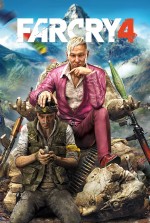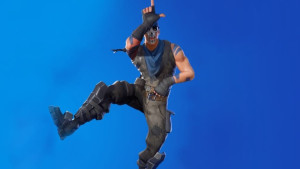Please support Game Informer. Print magazine subscriptions are less than $2 per issue
Far Cry 4
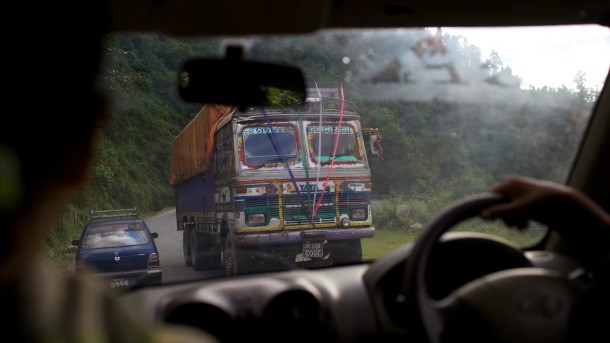
Video games often take us to exotic new worlds and fantastical places, but those worlds and places don’t feel real unless a developer fills them with people and items that are grounded in reality. This makes developing a new world from nothing particularly challenging. How does a developer create a universe from scratch? For Far Cry 4, Ubisoft Montreal knew it wanted to place the game inside the dangerous but exotic country of Nepal, but it didn’t want to recreate a carbon copy of that South Asian state, so the team traveled to Nepal on a research trip that helped them craft the fictional world of Kyrat. They didn’t know it at the time, but that trip would fundamentally changed the game’s design
“When we started to talk about the place and the culture that we wanted to go next, there was a big push to go to a place that would use the wing suit property and give players verticality,” says executive producer Dan Hay. “We also wanted a variety of unique animals and a place with a unique culture and history, so we sent [narrative director Mark Thompson] on a trip to go live some of that. We absolutely wanted to pick a place where you could leverage all the toys we were going to put in the game.”
The Far Cry games are usually set inside fictional amalgamations of real countries. Ubisoft Montreal prefers this approach to setting the series inside real countries, because it allows the team to surprise Far Cry’s fans.
“We live in this world where information is everywhere. It’s not interesting to have conversations with people anymore, because if someone doesn’t know something they just look it up on Wikipedia,” says narrative director Mark Thompson. “The world is so boring now, because everyone can know everything. With Far Cry, we get to have this escapist fantasy where we get to shape a place that looks and smells and feels real, but isn’t known, and we get to make its history and backstory so it feels real, but players get to approach it fresh.”

The first morning of their trip, the team visited a small temple a few hours from Kathmandu and saw their first animal sacrifice
The fictional country that Ubisoft created was called Kyrat – a name likely derived from the term Kirat, which is a generic Sanskrit term used to refer to the people who lived in the Himalayan mountains. Even though Ubisoft Montreal had done a great deal of research for the game, it hoped to go further by traveling to the more obscure and dusty corners of Nepal in order to turn over the rocks that National Geographic doesn’t turn over in their travel guides. A group of three developers from the team went to live the fish out of water experience that they hoped to impart to players in Far Cry 4.
“We didn’t know much, but we went for a two-week trip to Nepal, getting lost in the culture, meeting crazy characters, going to situation that were uncomfortable and beautiful, and kind of mind expanding in that kind of cheesy ‘I went to the East and found myself’ kind of way,” says Thompson. “I know it sounds like bulls---, but you go to places that are so beautiful that you start to think about mind-expanding, esoteric stuff.”
The team traveled to Kathmandu, a city of about two-and-a-half million people that is mired in poverty. From there, the group joined up with a group of former Maoist rebels who had fought in Nepal’s 10-year civil war. These locals took Ubisoft’s developers on a trail that the rebels used to smuggle weapons during the war, and eventually lead them to their village – a small collection of huts that looked more like an military outpost – where the group stayed in a house that belonged to an ex-rebel squad leader, now a Nepalese politician trying to rebuild his village after the war. The developers met so many unique faces that they felt like they had a deep well of eccentric characters they could bring back and put into their game.
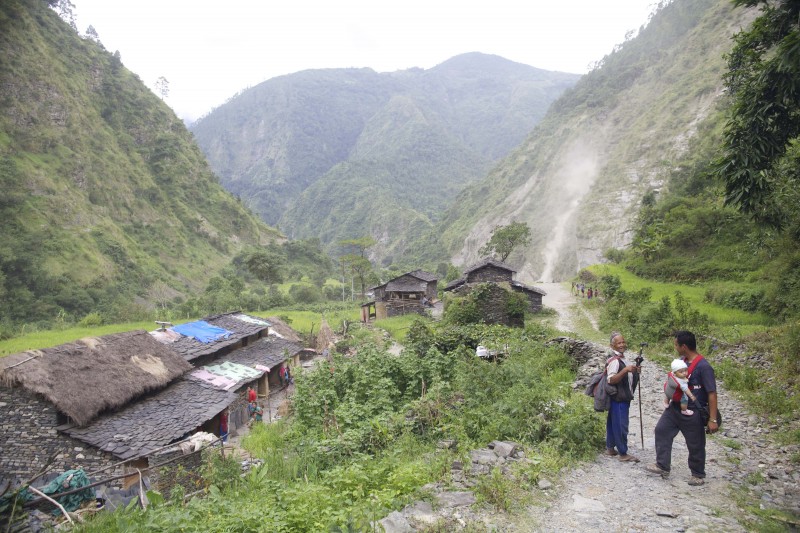
On the trek to Dharapani, the team is led by a former Maoist
soldier. These trails were sometimes the only way for rebels fighting in
the civil war to move between the peaks and valleys of Nepal.
“When we were staying in one of the villages, there was a guy who had lived through the war, but he had become basically the village loon,” says Thompson. “He had a little plastic thing that he would pull out that would become his megaphone and he would juggle and entertain people by playing with their babies. He didn’t speak English, so the way he communicated with us was that he gave everyone on our team the name of a communist figurehead. So when he saw us, he would just point at us and yell 'Lenin! Stalin!' And everyone would laugh.”
When the team returned home they noticed that they work they had done on the game up to that point looked more like a caricature of a South Asian country than an honest interpretation of the real thing. The team had been working to build Far Cry 4 from reference images and video travel documentaries, but their early build looked more like a paper model compared to the real thing.
“It looked like a Disneyland version of Nepal,” says Thompson. “The biggest realization for me was just how much reach the western world had over there. I came back and looked at the game and said, ‘s--- we’ve made a 17th century version of Nepal.’ They have billboards everywhere of LG electronics and this Tuborg lager, which is like like the s---iest beer in the world. And Angry Birds – it’s just everywhere. It was almost guaranteed that one out of three people would be wearing a piece of Angry Birds merchandise. My translator said they don’t even know what it is. They don’t have smart phones; they just like the look.”
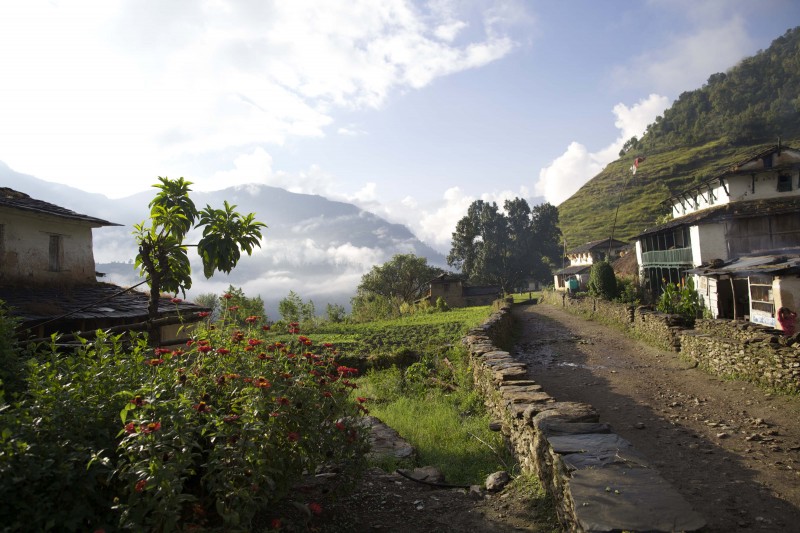
Dharapani, and some of the villages the team saw along the trail,
inspired Far Cry 4's architecture, level design, and even what villagers do in the game when players walk by
The original outline for Far Cry 4’s story revolved around an earnest interpretation of a civil war, but when the team returned home they realized that the overall narrative of the war was much less interesting than the characters that they had met and the specific situations that the people there had lived through and the attitude that they all had. The team then shifted their focus and buckled down to develop more rounded characters (read about how they designed the game’s new villain here).
“The point of all our research was credibility,” says Hay. “We’d been making these characters, but we needed to go out and come back to look at our project with fresh eyes. We had this sneaking feeling that the characters that we’d made didn’t feel real. A number of people on the team have all traveled around the world, and some of us have lived in crazy places, but we wanted to make sure that when someone plays the game they don’t feel like these people and places aren’t real. They aren’t not real, but we don’t want people to feel that way. The game is all about having a dirty experience.”
Ubisoft’s research trip helped them craft the world of Kyrat – and the fictional country sounds like a place full of corrupt politicians and poverty-stricken inhabitants in need of a savior. It sounds like the perfect locale for a video game, and we can't wait to explore its rich history and landscape when Far Cry 4 releases on PlayStation 4, PlayStation 3, Xbox One, Xbox 360, and PC this fall.
